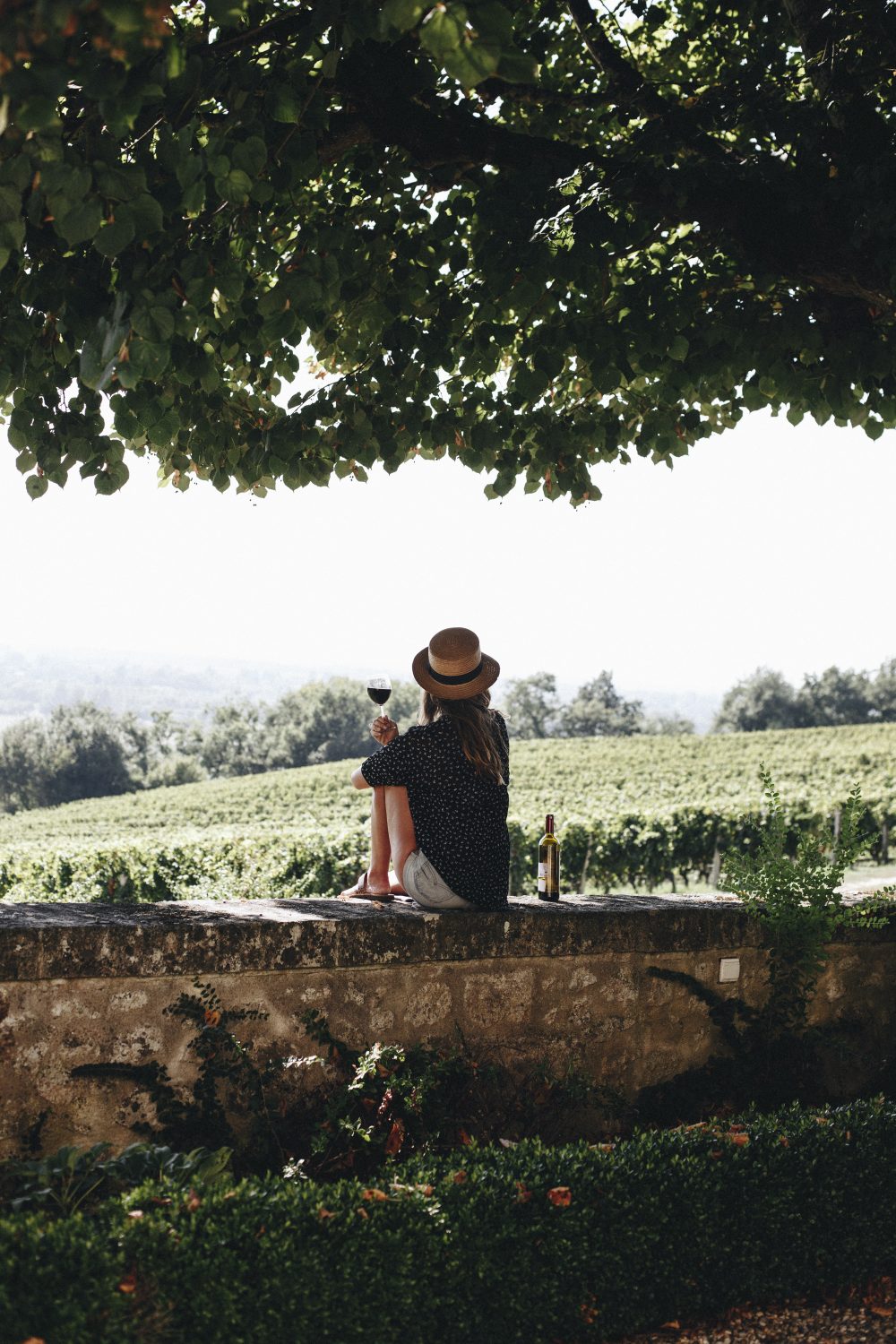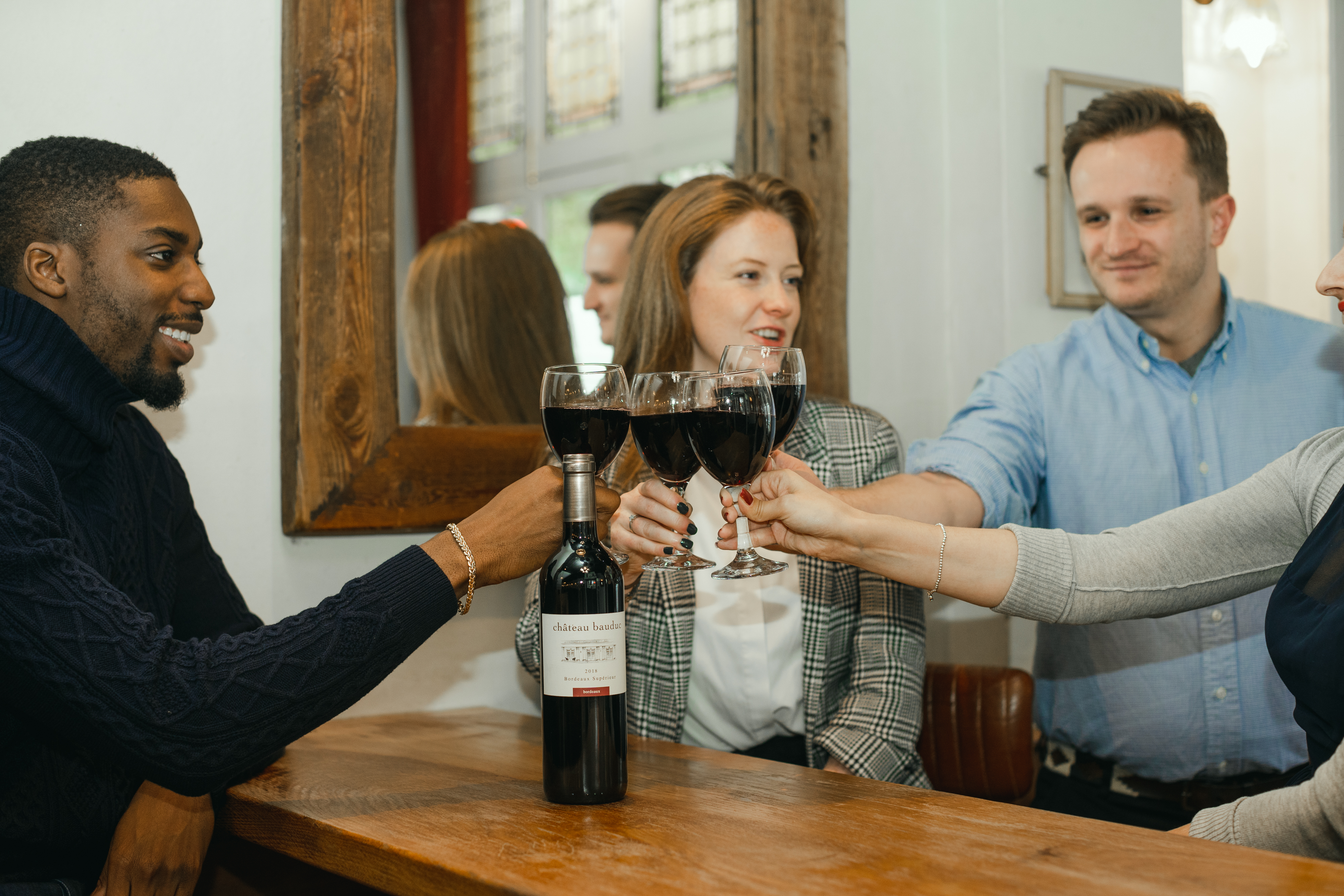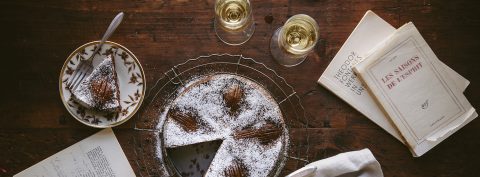Red wines are on the move in Bordeaux
Today’s Bordeaux red wines are the result of the implementation of modern methods coupled with the vision of forward-thinking winemakers. The goal: to create contemporary, fruity red wines with less tannins.
 Alongside revisited, more accessible classics, unexpectedly creative cuvées are also flourishing, crafted with old or newly-authorised grape varieties, single-variety or cuvée bordelaise, vegan and sulphur-free, vinified in the classic way in wood or in amphora. This is in response to the new demands of wine drinkers across the globe, all while maintaining the unmistakable identity of the Bordeaux terroir.
Alongside revisited, more accessible classics, unexpectedly creative cuvées are also flourishing, crafted with old or newly-authorised grape varieties, single-variety or cuvée bordelaise, vegan and sulphur-free, vinified in the classic way in wood or in amphora. This is in response to the new demands of wine drinkers across the globe, all while maintaining the unmistakable identity of the Bordeaux terroir.
The region has also taken great strides in terms of social responsibility, as seen by its commitment to ethical and regenerative viticulture. Today, 75% of the Bordeaux vineyard is certified by an environmental programme, a significant increase on 2014, when the figure was only 35%.
For many years, of the six red grape varieties permitted in Bordeaux, it was mainly the wines made with Cabernet Sauvignon, Merlot and Cabernet Franc that attracted consumer interest, but this is changing and is reflected in blends where Petit Verdot, Carménère and Malbec, which have always been indigenous to Bordeaux, are making a strong comeback. Although they remain secondary, these grape varieties represent the largest share of new plantings, having doubled in size over the last 20 years to 3,411 hectares.
Additionally, in response to climate change, the range of red grape varieties was further expanded in 2021, with four new varieties authorised: Arinarnoa, Castets, Marselan and Touriga Nacional. These varieties have been specially selected to maintain the style of Bordeaux wines in the face of the challenges brought on by climate change, such as increased temperatures, prolonged heat waves and shorter maturation cycles. These new grape varieties are limited to 5% of the planted vineyard area. The final cuvée must not contain more than 10%, in order to maintain the profile of Bordeaux wines.
Contemporary red wines are not only the result of the introduction of old or new grape varieties or even the choice to work with a single variety. They are also the fruit of the creativity and experimentation of the winegrowers in the vineyards and in the cellar.
In order to preserve the purity of the grapes, shorter maceration times, gentler extraction methods and spontaneous fermentations are used. Modified fermentation methods, as well as the return of large wooden barrels and other containers such as amphorae and concrete vats, create wine profiles that are very close to the terroir. “Less is more” for many winemakers whose approach minimises intervention.
Respect for the terroir is deeply rooted in Bordeaux’s wine culture. The meticulous management of the different parcels, which forms the basis of this approach, leads to micro-vinifications, the only way to preserve the characteristics of each parcel.
For the red wines, the work with gravity also plays a central role, so as to treat the wines as carefully as possible so that they reflect the terroir of origin while remaining affordable.
 In response to growing consumer demand, more and more Bordeaux producers are offering sulphur-free and vegan wines. Sulphites (or sulphur) guarantee the preservation of a wine. However, today, some winemakers offer wines with “no added sulphites”, as the fermentation process produces them naturally. Vegan wines are made up of 100% plant components, with only vegetable products made from peas, wheat or potatoes used to filter the wine.
In response to growing consumer demand, more and more Bordeaux producers are offering sulphur-free and vegan wines. Sulphites (or sulphur) guarantee the preservation of a wine. However, today, some winemakers offer wines with “no added sulphites”, as the fermentation process produces them naturally. Vegan wines are made up of 100% plant components, with only vegetable products made from peas, wheat or potatoes used to filter the wine.
All these changes are often accompanied by new design, sometimes breaking with tradition, another expression of the winemakers’ creativity. Look out for vintages with original names, modern, colourful and sometimes off-beat, eco-designed labels, which have been designed to spark consumers’ curiosity. New, lighter bottles, which are not always in the traditional Bordeaux bottle shape, are also increasingly being used, allowing for a positive impact on the carbon footprint.

